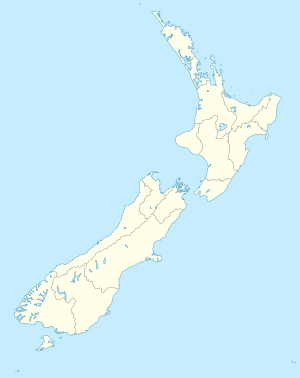27 Sep Most new migrants want to be New Zealand citizens
Most new migrants want to be New Zealand citizens
Monday, 27 September 2010
Source Press Release: Statistics New Zealand
The latest results from the Longitudinal Immigration Survey: New Zealand (LisNZ) show that 78.4 percent of new migrants had gained or intended to apply for New Zealand citizenship three years after being granted permanent residence, Statistics New Zealand said today.
Migrants from South Africa (93.3 percent), the Pacific (93.0 percent), and South Asia (86.5 percent) were more likely to have gained, or want to apply for, New Zealand citizenship than migrants from other regions.
The LisNZ is a longitudinal survey of immigrants developed by the Department of Labour in partnership with Statistics New Zealand who carried out the survey. The LisNZ involves interviews with the same group of migrants at 6 months (wave 1), 18 months (wave 2), and 36 months (wave 3) after taking up permanent residence. The main objective of the LisNZ is to inform immigration policies and assist with developing settlement services.
Employment
At wave 3 of the LisNZ:
• more than seven out of ten (75.7 percent) migrants were employed, compared with 72.1 percent at wave 1
• 69.8 percent of employed migrants worked in a skilled job, which is similar to the proportion at wave 1 (67.8 percent)
• 84.9 percent of employed migrants were either satisfied or very satisfied with their jobs, compared with 80.8 percent at wave 1.
Income and home ownership
Key results for income and home ownership are:
• real median hourly wages of employed migrants increased from $20.35 at wave 1 to $23.49 at wave 3
• 70.6 percent of migrants had enough or more than enough money to meet their everyday needs at both waves 1 and 3
• 51.9 percent of migrants owned or partly owned their dwelling at wave 3, compared with 30.6 percent at wave 1
• 49.3 percent of migrants lived in the Auckland region, 31.5 percent lived in the rest of the North Island, and 19.3 percent lived in the South Island at wave 3. 2
Satisfaction with life in New Zealand
More than nine out of ten migrants were either satisfied or very satisfied with life in New Zealand (93.8 percent at wave 1 and 92.3 percent at wave 3), although there was a decrease in the proportion of migrants who were very satisfied from 44.7 percent at wave 1 to 35.5 percent at wave 3.
Perception of safety in New Zealand
Migrants’ perception of safety in New Zealand decreased from wave 1 to wave 3. When asked how safe or unsafe they felt (thinking only about crime in New Zealand), 76.0 percent of migrants felt either safe or very safe in New Zealand at wave 3, compared with 85.5 percent at wave 1.







